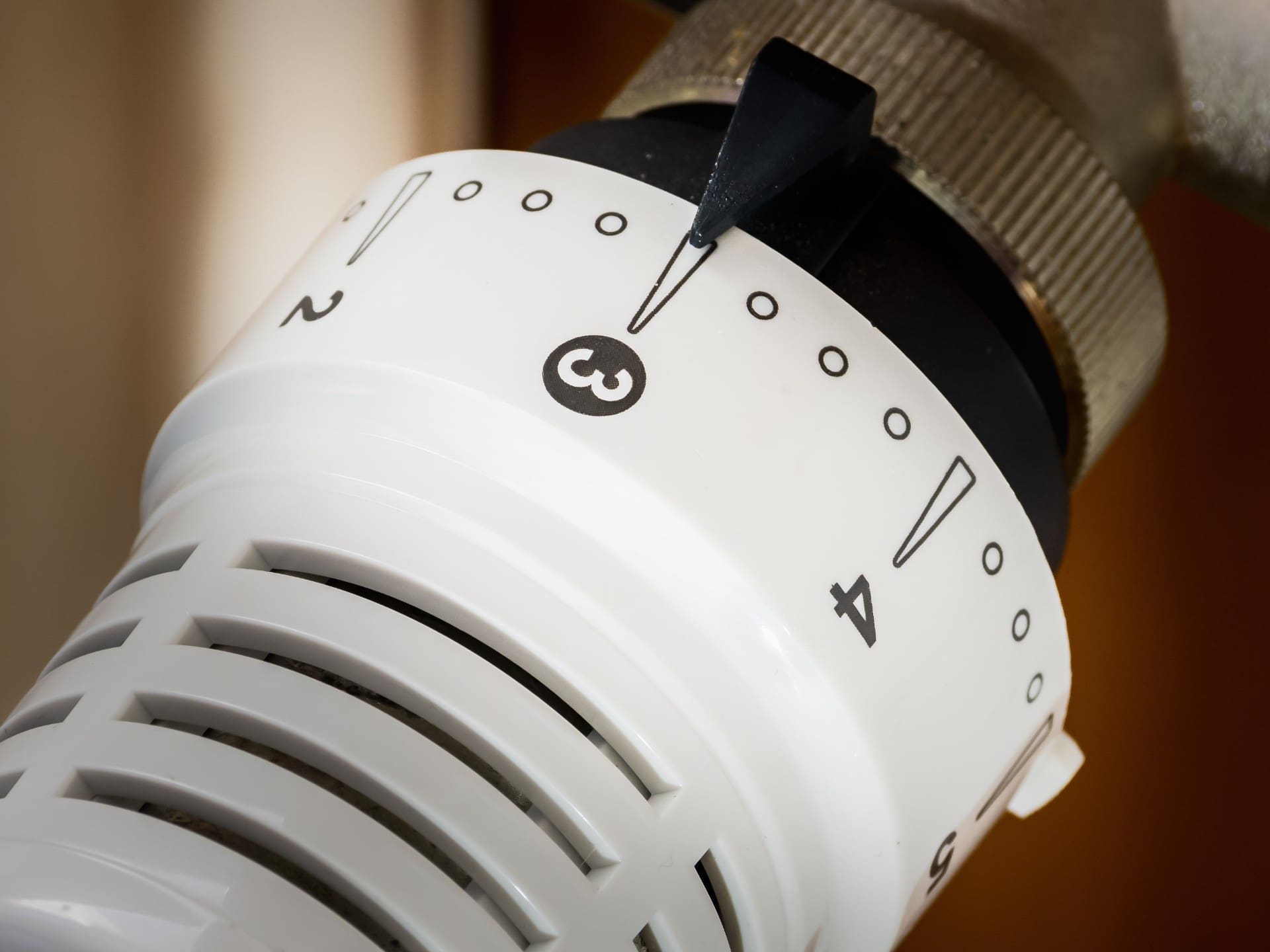Are you facing the frustrating issue of a cold radiator in your home? Radiators not heating properly can be a common problem, and understanding the reasons behind it is crucial for a cozy and warm living space. In this comprehensive guide, we will delve into various aspects related to radiators, from understanding how they work to troubleshooting common problems that lead to a radiator staying cold. Whether you have a single radiator not working or multiple radiators causing concern, this article aims to provide you with the knowledge to identify and resolve the issues. Let’s explore the intricacies of your home heating system and ensure your radiators are operating at their optimal efficiency.
Why Won’t My Radiators Heatup
-
How Radiators Work
- What role does the boiler play in heating your home?
- Understanding the central heating system.
- The significance of valves in regulating heat.
-
Common Issues: One Radiator Not Working
- Identifying the reasons behind a single radiator not heating.
- The importance of thermostatic radiator valves.
- When to call in a professional heating engineer.
-
Bleeding Your Radiators: A Step-by-Step Guide
- Why and when should you bleed your radiators?
- Using a radiator key to release trapped air.
- Signs that your radiators need bleeding.
-
Dealing with Cold Radiators: Top and Bottom
- Addressing radiators that are cold at the top.
- Troubleshooting radiators cold at the bottom.
- How to perform a power flush for optimal radiator performance.
-
Thermostatic Radiator Valves: A Key Component
- Understanding the function of thermostatic radiator valves.
- Ensuring your radiator valves are working correctly.
- Gas safe registered heating engineer: When to seek professional help.
-
Heat Pump vs. Boiler: Which Is Right for You?
- Exploring the differences between a heat pump and a boiler.
- Checking your boiler pressure for optimal performance.
- What to do if your radiators aren’t heating with a heat pump.
-
Multiple Radiators Not Working: Causes and Solutions
- Identifying issues with multiple radiators.
- The role of water pressure in heating your radiators.
- Steps to make sure all your radiators are receiving heat.
-
Trapped Air: A Common Culprit
- How trapped air affects your radiators over time.
- Bleeding radiators to release trapped air.
- Signs that trapped air is causing your radiator problems.
-
Radiator Maintenance Tips
- Regular checks to ensure your radiators are in top condition.
- Using a radiator key to unscrew and troubleshoot.
- When to consider a professional heating engineer for maintenance.
-
Conclusion: Keeping Your Radiators Warm
- Summarizing the key points to remember.
- Ensuring the whole heating system is working properly.
- Troubleshooting tips for common radiator issues.
How Radiators Work
Understanding the basics of how radiators function is essential for troubleshooting any issues. The central heating system, comprising a boiler, pipes, and radiators, works by circulating hot water to provide warmth. Valves control the flow of hot water into the radiators, and as the water circulates through them, heat is emitted, warming up the surrounding space.
Common Issues: One Radiator Not Working
If you find that one radiator is not heating as it should, several factors could be at play. It might be a faulty thermostatic radiator valve, a problem with the central heating system, or even a valve that needs attention. In such cases, consulting a professional heating engineer is advisable to pinpoint and fix the issue accurately.
Bleeding Your Radiators: A Step-by-Step Guide
Bleeding your radiators is a simple yet effective solution to trapped air, a common cause of radiators not heating properly. Using a radiator key, you can release the trapped air and restore the efficient functioning of your radiators. This process is especially crucial if you notice cold spots on your radiators or if they take longer than usual to heat up.
Dealing with Cold Radiators: Top and Bottom
Radiators that are cold either at the top or bottom can indicate specific issues. Cold radiators at the top may suggest a problem with the thermostatic radiator valve, while those at the bottom might benefit from a power flush to remove sludge and debris that could be hindering the flow of hot water.
Thermostatic Radiator Valves: A Key Component
Thermostatic radiator valves play a vital role in regulating the temperature of individual radiators. Ensuring these valves are working correctly is essential for maintaining a comfortable and consistent temperature throughout your home. If you encounter issues with these valves, it’s advisable to seek the expertise of a Gas Safe registered heating engineer.
Heat Pump vs. Boiler: Which Is Right for You?
Choosing between a heat pump and a boiler depends on various factors. While both systems are designed to heat your home, understanding their differences and knowing how to check your boiler pressure can help you troubleshoot issues related to radiators not heating as expected.
Multiple Radiators Not Working: Causes and Solutions
If you’re dealing with the challenge of multiple radiators not working, examining the water pressure in your central heating system is crucial. Ensuring all your radiators receive adequate heat requires a comprehensive understanding of your heating system and regular maintenance checks.
Trapped Air: A Common Culprit
Trapped air can accumulate in your radiators over time, leading to reduced efficiency and cold spots. Bleeding your radiators is a simple yet effective solution to release trapped air, ensuring your radiators function optimally.
Radiator Maintenance Tips
Regular maintenance checks are essential to keep your radiators in top condition. Using a radiator key to unscrew and troubleshoot minor issues can prevent major problems. However, for more complex concerns, it’s recommended to get in touch with a professional heating engineer.
Conclusion: Keeping Your Radiators Warm
In conclusion, maintaining warm and efficient radiators involves a combination of understanding how your heating system works and performing regular checks and maintenance. Whether you’re dealing with a single radiator not working or facing issues with multiple radiators, taking the time to troubleshoot and address the root cause is key to a comfortable living space.
Key Takeaways:
- Regularly check and bleed your radiators to release trapped air.
- Ensure thermostatic radiator valves are working correctly.
- Understand the differences between a heat pump and a boiler.
- Keep an eye on water pressure in your central heating system.
- When in doubt, consult a Gas Safe registered heating engineer for professional assistance.
By following these guidelines and staying proactive in your radiator maintenance, you can enjoy a consistently warm and cozy home throughout the colder months.



